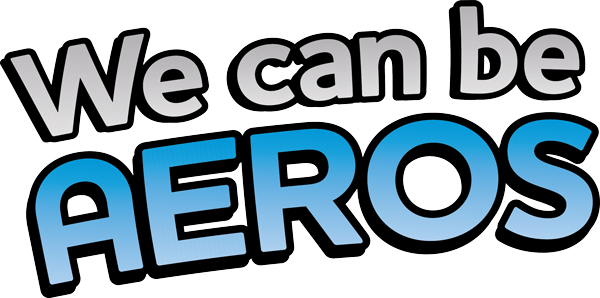When Greg Page from The Wiggles collapsed at a bushfire charity concert at the start of 2020, there was a frantic rush from those around him on-stage to get help. It wasn’t until an off-duty nurse by the name of Grace Jones stepped in with a defibrillator that the yellow Wiggle’s life was saved.
Each year, 15,000 people die unexpectedly in Australia from cardiac arrest – about 10% of all annual Australian deaths. Greg was one of the lucky ones. Ms Jones’ knowledge of how to use a defibrillator made all the difference during his potentially fatal cardiac arrest.
It’s a fact that Automated External Defibrillators (AEDs) dramatically improve our chances of survival from cardiac episodes, but would you know what to do if someone around you collapsed and needed the help of a defibrillator?
While Greg Page was fortunate enough to have qualified medical professionals around him, you don’t actually need professional medical training to operate a defibrillator!
How to use a defibrillator in an emergency
If you find yourself in a situation where someone is unresponsive, having difficulty breathing, or not breathing at all, they may be in cardiac arrest. Before you do anything else, call 000 and begin CPR. This will ensure that blood continues to circulate throughout the body and to the brain.
If there is a defibrillator nearby – and if possible – send someone else to collect it. Every minute without CPR reduces someone’s chances of survival by 10%.
Not sure how to perform CPR? Read our article on how to perform basic first aid, to better understand what to do in a medical emergency.
If you have access to a defibrillator, follow these instructions:
- Pull the lever or press the green button to activate the AED. You will begin to hear verbal instructions.
- Remove all clothing from the patient’s chest. This includes any underwire bra.
- Take out the white adhesive pads and attach them to the individual’s skin. The pads will have a visual instruction on where to position them on the chest.
- Stop CPR, once you’ve attached the pads, and refrain from touching the patient.
The AED will then analyse the patient’s heart rhythm.
- If the defibrillator detects that the patient’s heart is fibrillating (rather than beating to a normal rhythm), it will advise you to stand clear and press the shock button.
Do not touch the patient while they’re being shocked.
- Once the AED has delivered a shock, it will advise you via a voice prompt to recommence CPR.
Continue with chest compressions and rescue breaths until the patient is responsive or the AED advises otherwise. - Follow any further instructions from the AED, until emergency services arrive.
Aero Healthcare has a wide variety of AEDs available for schools, businesses, and organisations. See our range of defibrillators, or for more advice on rescue equipment, contact us on 1800 628 881.



